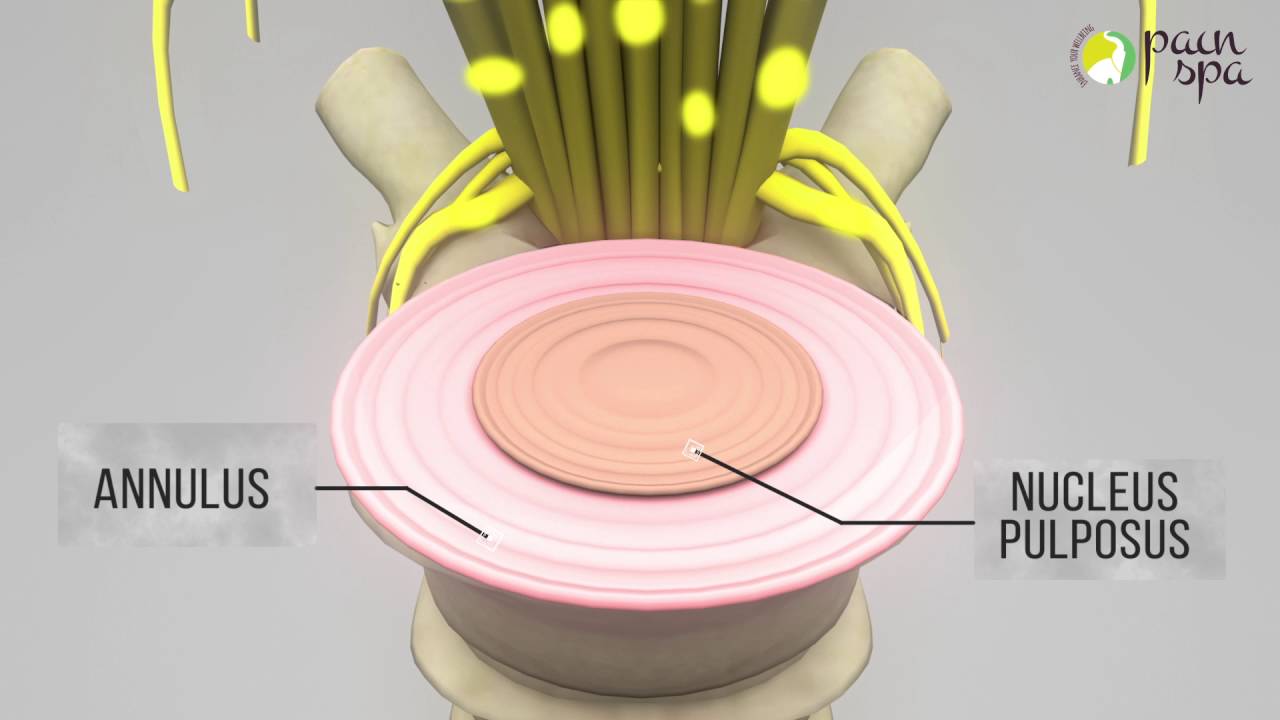
Lumbar Disc Prolapse
What is Lumbar disc herniation?
Lumbar disc herniation is a condition where a disc in the lumbar spine (lower back) has slipped out (herniated) of its normal place between the vertebrae. The herniated disc can compress the nerves exiting from the lumbar spine and going down the legs.
What causes it?
It is difficult to attribute a specific cause to Lumbar disc herniation.
What are the symptoms/effects?
When the disc compresses the nerve root going into the legs, it can cause pain radiating down the legs (sciatica). The nerve compression may also be associated with muscular weakness and numbness in the legs and feet. Rarely there may be difficulty in passing urine and numbness around the buttocks.
How is it diagnosed?
Lumbar disc herniation is diagnosed by a clinical examination of the symptomatic person and confirmed with an MRI scan. The MRI scans reveals which disc has herniated and the size and extent of neural compression.
What are the treatment options?
A majority of patients can be managed without surgery and the pain subsides in six to twelve weeks. During this phase, the patients are advised to stay active within the limits of their pain. An injection of cortisone around the affected nerve root ( nerve root block) may provide pain relief and may obviate the need for surgery. Occasionally, oral steroids may be beneficial in some instances and non-steroidal anti-inflammatory medications (NSAID’s) can help manage the pain.
Surgery is indicated when there is a) failure of symptoms to subside after non-operative treatment, b) significant weakness in the legs and feet at presentation and c) involvement of the bladder with difficulty in passing urine.
Who is at risk?/How can I prevent it?
Since we are unaware of the exact cause of the disc herniation, it is not possible to identify individuals at risk and suggest preventative measures.

